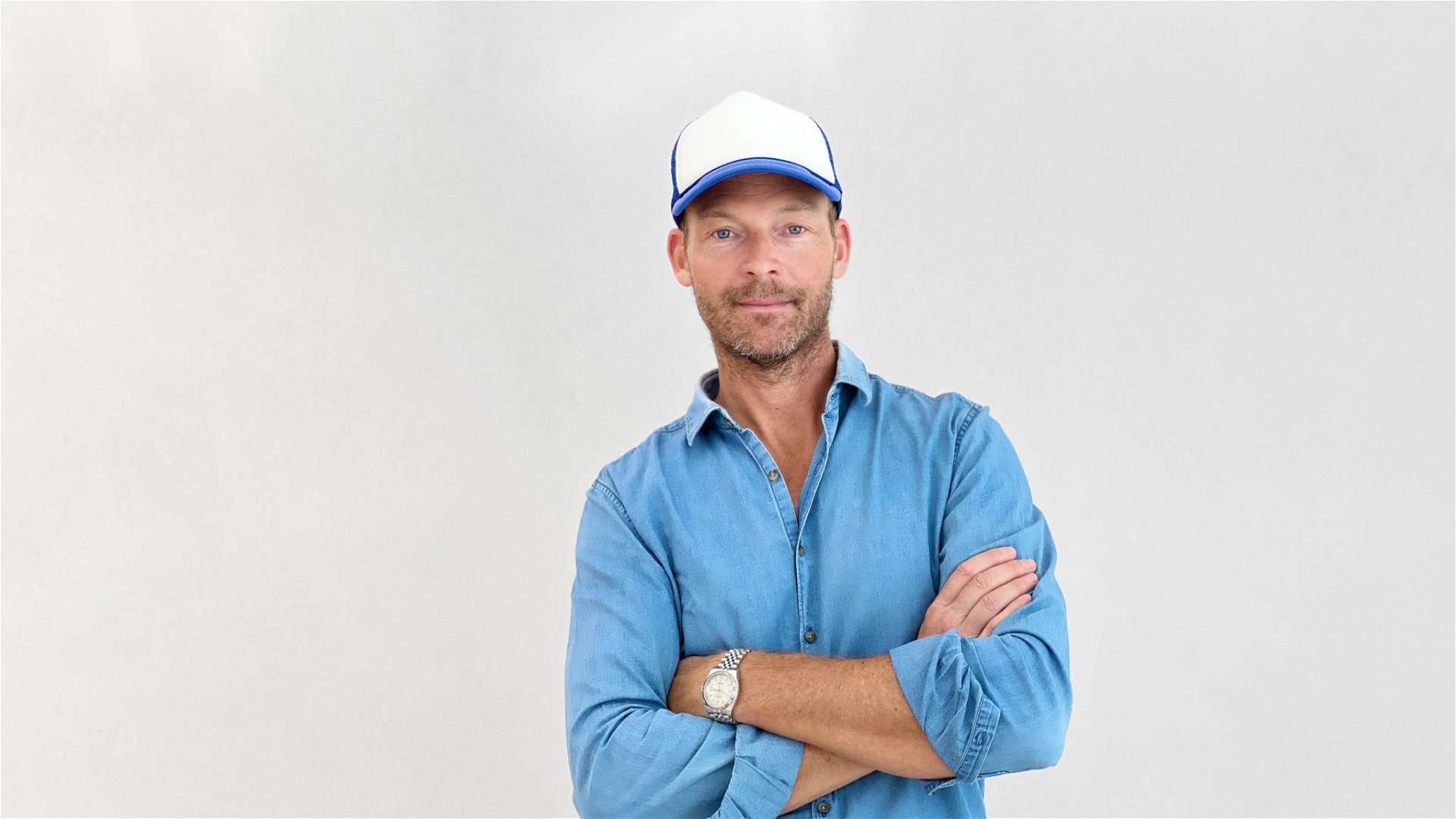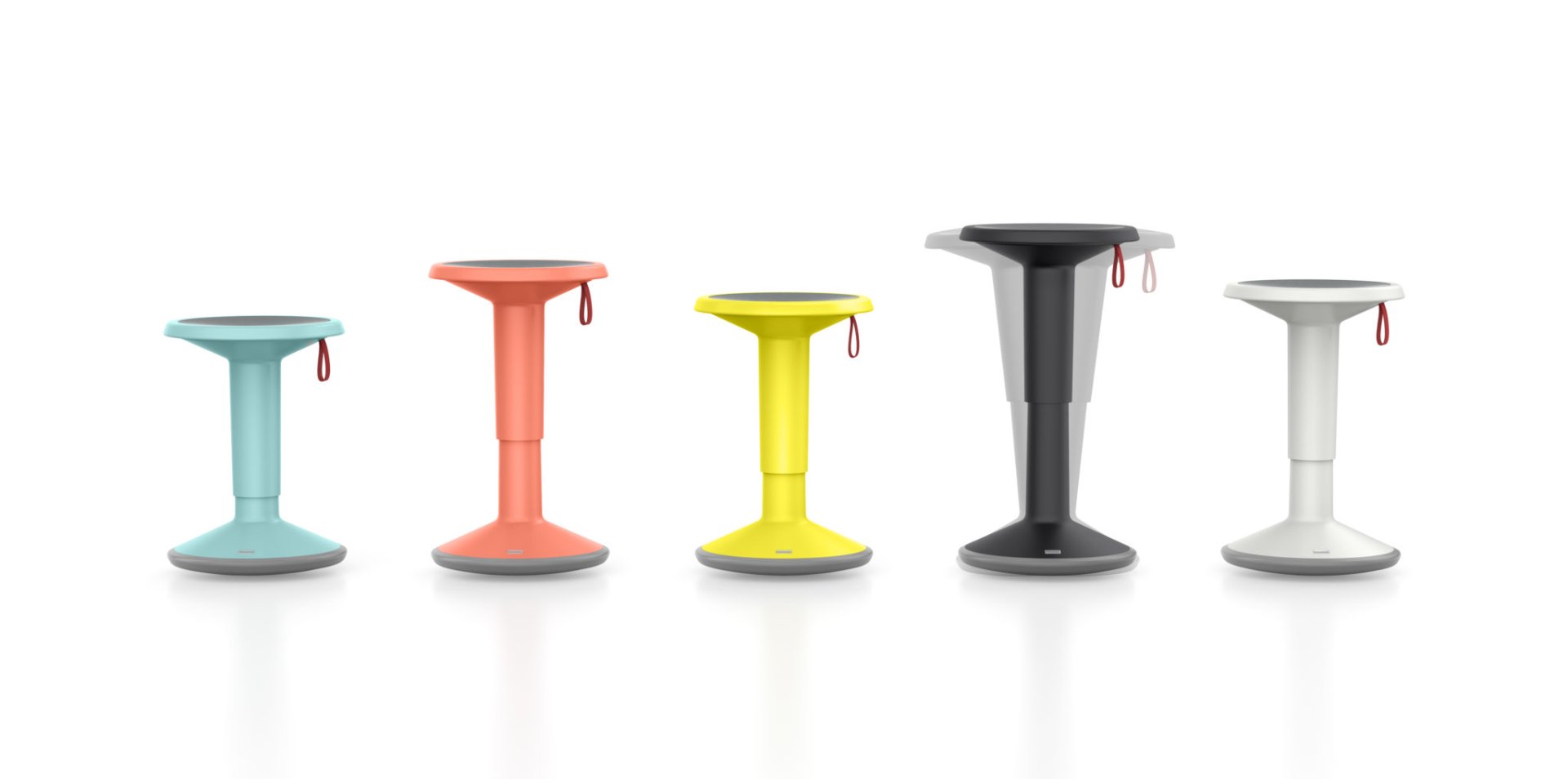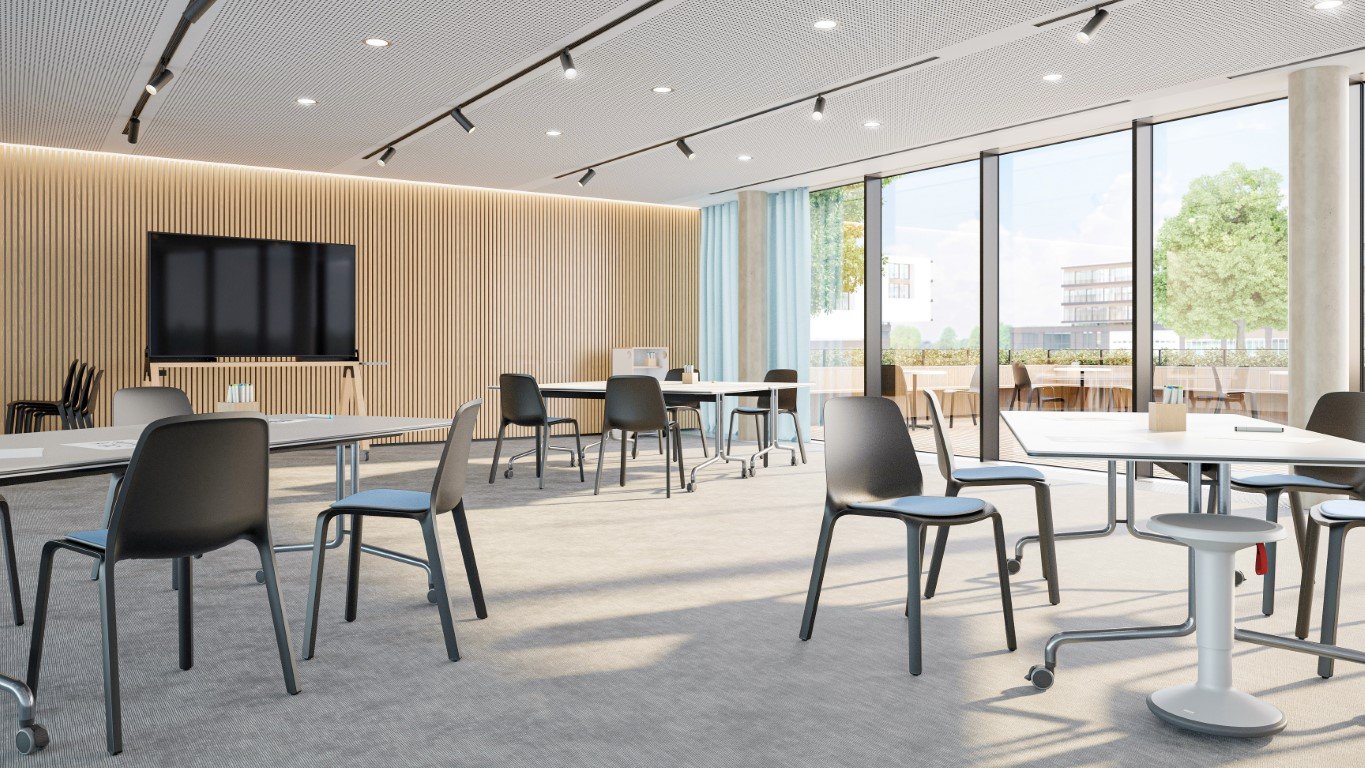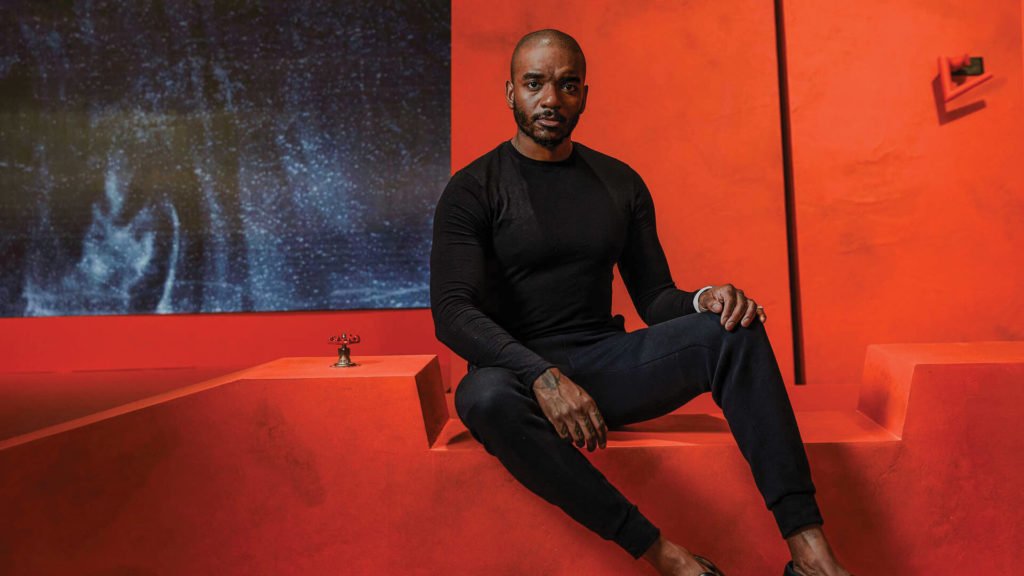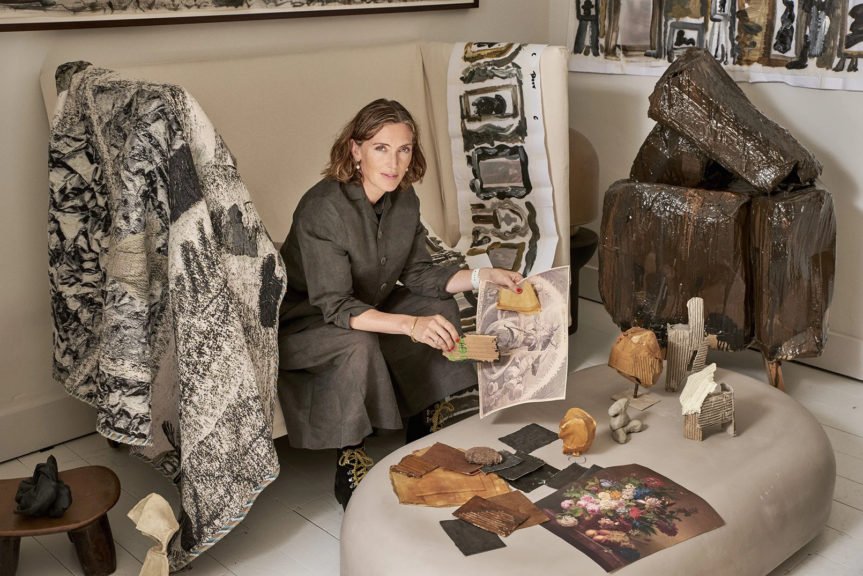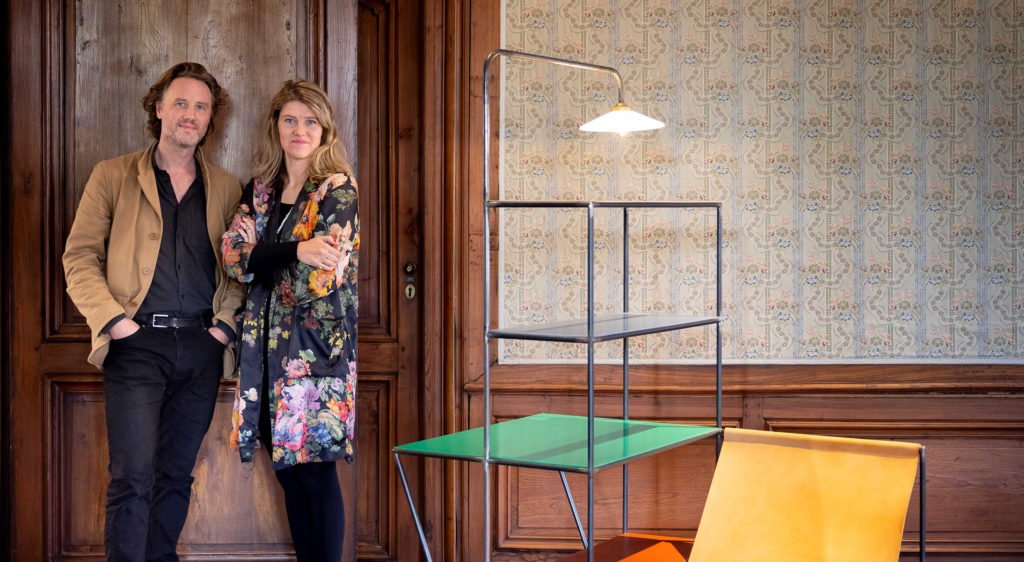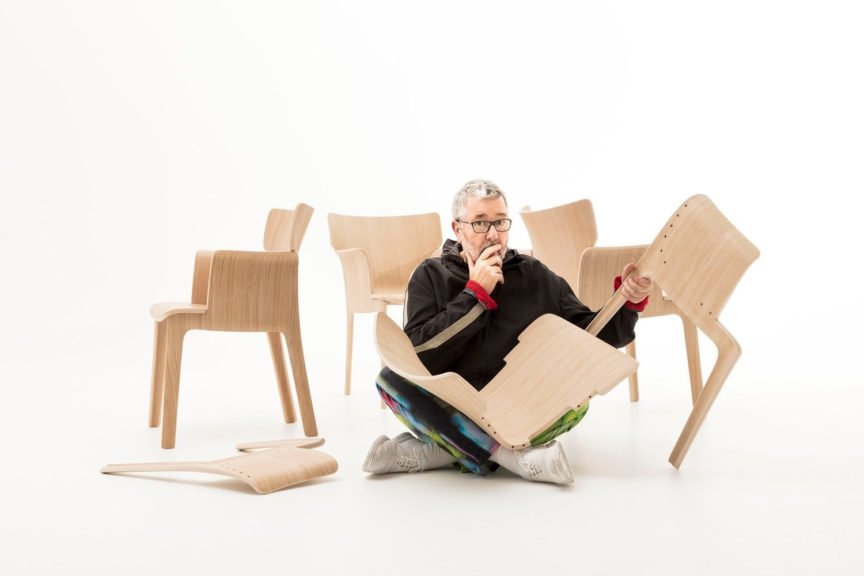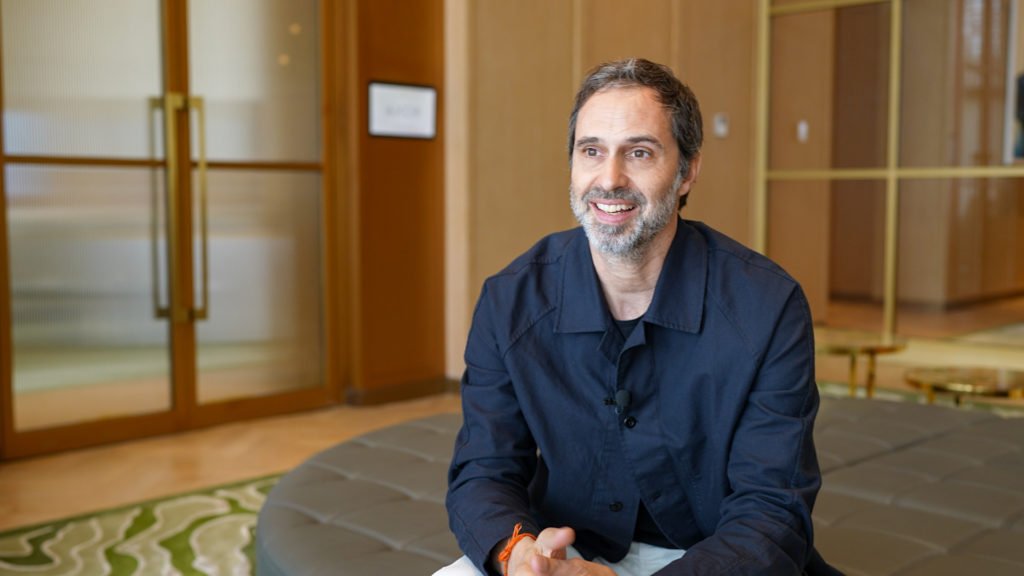Sven von Boetticher didn’t always know if he wanted to set foot in the design world, let alone helming his own multidisciplinary practice that he now calls ID AID. For someone with parents in creative professions, he wasn’t exactly keen on following in their footsteps. Ultimately, due to his natural problem-solving streak and creative drive, Sven not only became a designer but also dipped his fingers in different pots and wore different hats throughout his professional career. What’s fascinating is that he studied architecture and industrial design at the same time at the Academy of Fine Arts in Stuttgart. Today he distinguishes himself as an industrial designer in connection with renowned brands such as Zumtobel, Wilkhahn, Interstuhl, Wagner and many others.
The Architect Whose Industrial Design Practice Aids Interior Spaces
If it wasn’t clear from the name of his practice, ID AID (read: I-D Aid), Sven, with his team, aims at underpinning interior designed spaces with his products. His focus revolves around designing furniture that builds on the narrative envisioned by an interior designer or architect. Certainly, his background in architecture also aids him in his endeavours.
He mentions, “When you are developing products for offices, homes, and living beings – it’s vital to have the context in mind, and mostly the context is an architectural environment. It is easier to communicate with planners, interior designers, and architects and understand their needs.”
In fact, for the first seven years of his career, Sven worked at an architectural firm that believed the future was achieving sustainability through an industrial outlook. After his tenure there, Sven went on to mastermind his own industrial design practice. “The main difference is that, in architecture, you plan, build a prototype on a comparatively minuscule scale and build the final structure. With product design, you have the opportunity to optimize the design even after it’s built. Prototypes can be life-size and provide more insight into the performance before the outcome goes to production. It is what attracted me most”, he opines.
The Many Hats He Wears Today
As the head of an industrial design practice, Sven spends a large chunk of his day organizing and leading operations. “When you have a certain number of employees, you have to run the office. The time to design is cut short”, he explains. The administrator of a thriving practice, he finds it more effective to guide and overlook a process than be involved in it from scratch. Although, he makes sure to understand and go through every detail of a product in development and give direction based on his extensive experience.
Every expert was once a beginner, and it is no different for Sven. “Now that I am behind the steering wheel, I miss being the passenger sometimes, because as the driver you can never let go of the wheel”, he says nostalgically. As an industrial design student in the 1990s, Sven remembers having free rein with his work. It was a time when the field of industrial product design had just begun gaining ground. Nothing done was ever ‘wrong’, and it was a new world of endless possibilities.
During those days, the most valuable advice Sven received was, at a soiree, from Hans Maier-Aichen, the founder of Authentics – a then-renowned manufacturer of functional and industrially-made products for everyday use. Hans’ advice was to ‘not make too many compromises in a design’. Although Sven couldn’t quite grasp the idea behind the words at the time, in the coming years, they became his gospel.
Discovering His Niche
After working on real-time briefs, it dawned on Sven that the free reins one had in design school were fictitious and in the real world, compromises have to be made to fit budgets and client demands. The Nimbus lighting products with a multi-directional movable LED panel, hence, proved path-defining to Sven’s trajectory.
“RIM was not a specification or commission from any company but my own idea. It became clear to me that my own perceived intentions are what will do justice to the designs as well as my identity as a designer. My forte! I discovered you could be an independent designer and entrepreneur simultaneously. I could design, develop and implement a product myself and then approach a manufacturer who was convinced and believed the customers would love the product. That’s how it was!” says Sven with a wink.
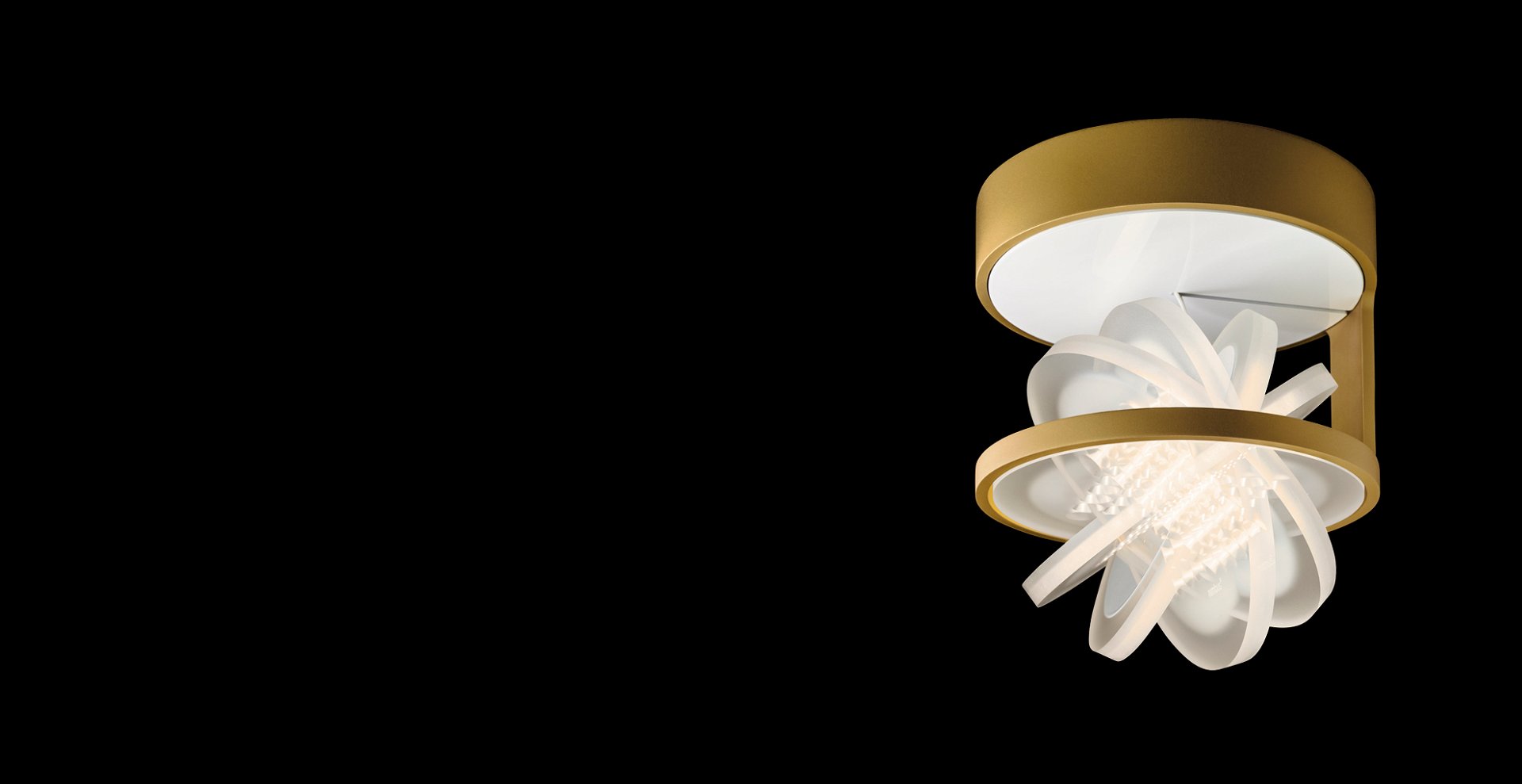
This episode was one of many for Sven and his design studio ID AID. The UPis1 stool by Interstuhl is another example of Sven’s entrepreneurship and design mind coming together. When he pitched it to Interstuhl in 2016, Sven and his team had almost fully developed the stool. For a brand like Interstuhl, which is always looking to innovate, the novel height-adjustment mechanism that uses a leash instead of a lever left quite an impression. However, they were unsure how it would fit in their portfolio at the time. Sensing the boom of collaborative work environment in the near future, Sven suggested that it would be befitting to have a stool in addition to their iconic and extensive range of swivel chairs. “The UPis1 stool is mobile and can be used in various settings – such as video conferencing teammates and in-office group discussions.” This, in addition to the superior ergonomic design and looks, sealed the deal for Sven and UPis1. Today, Interstuhl’s UPis1 is a first-of-a-kind in the industrial design world.
He explains his approach: “I think ID AID is not typical of a design studio. On the one hand, we are a design studio that produces signature designs and on the other hand, a classic design agency. Sometimes we create our original design ideas up to a certain point and then find customers and producers to realize the product. In such a scenario, it is easier to be uncompromising – working like an artist. Other times we work on a project where a client is involved and stick to the clear design brief; it’s half and half.”
When asked if he’s mastered the art of compromise, Sven laughs a little and says, “I think so.” These days, sketching keeps him grounded and in tune with his design sensibilities. When he has to mentor his juniors, he prefers to rely on his arm and mind to convey his ideas and design direction.
Advice to his Younger Self
“To have Neugierde always” is something Sven would say to his younger self. Neugierde, a German term, can be loosely translated to ‘hunger for the new’ in English. Sven would ask his younger self to be open to new opportunities and advancements. He also wishes the design curriculum was based more on practicality than theory. Learning how to market and budget a product at university would be more beneficial. From selling a product to communicating effectively with customers to market analysis and research, he believes the syllabus should cover all aspects of running a design business. “I would advise doing more internships instead of thinking about getting a master’s degree”, he says, reminiscing.
Sven hopes his employees and everyone he has mentored realizes the power each one holds in their hands. “In German, I would say I hope they understand the power of gestaltungswille, which means I hope they realize designing and creating is a powerful tool for change. I hope they realize they are in control of everything – from their lives to their habits to their designs. They can create and make an impact; the future is in their hands”, he says.
On Sustainability and Consumer Production
“Unfortunately, sustainability in product design is largely reduced to a marketing gimmick today. Sustainability has always been part of my design process. It is often not easy for the customer to recognize sustainability in a product unless they are experienced and understand the context. For example, a product made from pure plastic that can be recycled is much more sustainable than a product made from plastic with wood additives. In the second case, it cannot be recycled – but it looks very sustainable on the surface. Sustainability certificates and grades are aimed at consumers to help them make conscious purchasing decisions. Still, we as designers must strive to exceed these standards and think in whole new product cycle approaches.”
Sven also knows that industrial designers are in a huge dilemma. “The only real way to improve consumption madness is to consume fewer products, ergo manufacture them. However, industrial product design is a consumer-driven market, and it is difficult to stop abruptly. Recently, on a design brief, I’ve started to ask myself – is there really a need for this product? Does the thing have to be able to do so much, boast so much, and be so complicated? As a young designer, I didn’t do that in this form, but now I pay attention to it. It is, of course, a comfortable situation now that I have a certain standing in the industry and question customers eye-to-eye.”
This way of thinking could also be traced back to Sven’s German origins and the associated design teaching. With functional and engineered design in their DNA, it’s plausible that Sven picks up on this line of thought. By looking at his designs, such as the WAGNER S1 studio chair and the Interstuhl MONOis1, it is clear that the designer places great value on function and efficiency and eye-catching aesthetics.
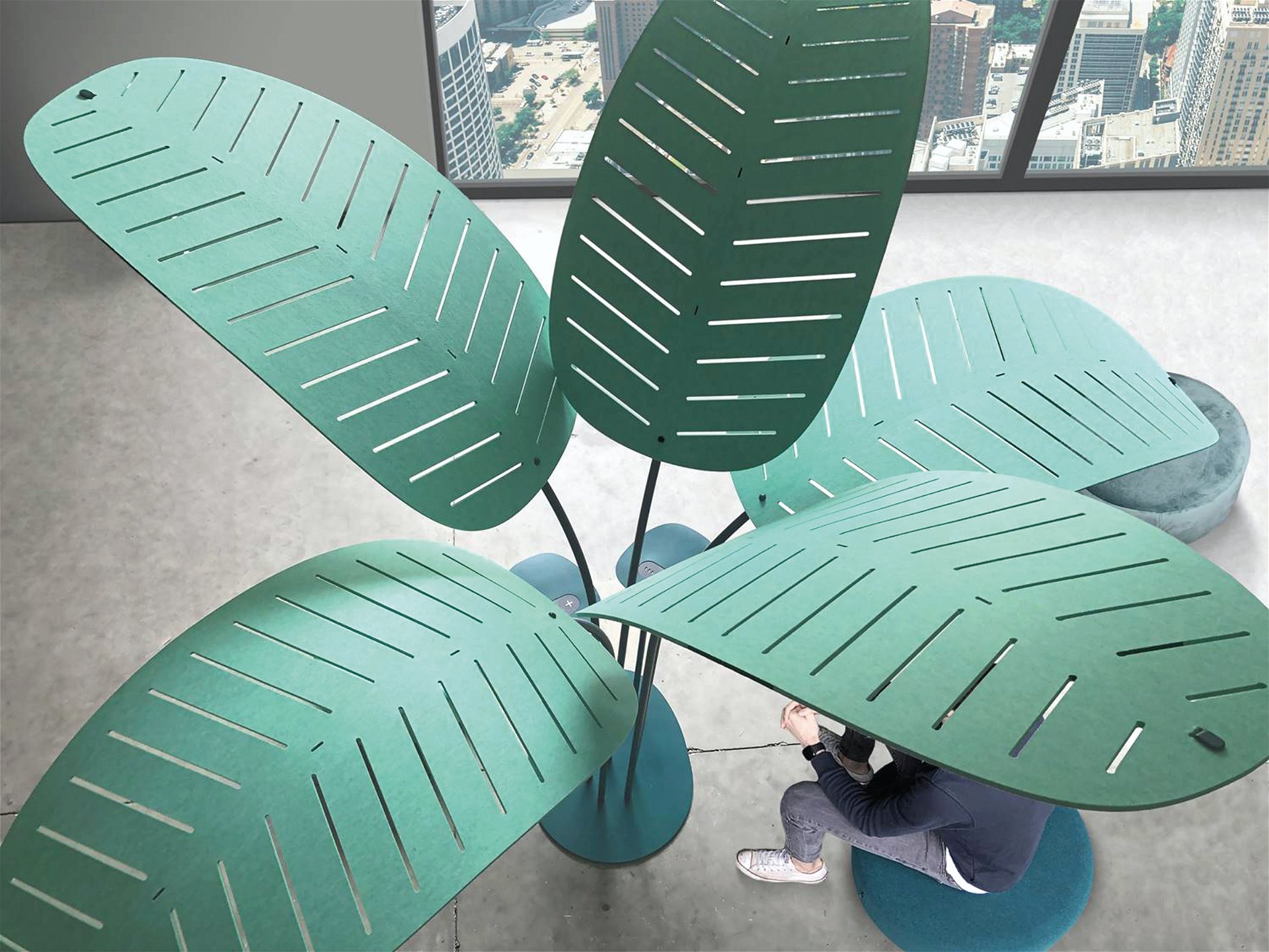
On the Blurring Lines between Office Products and Home Products
To Sven, the pandemic was an accelerator for an already impending phenomenon. Although he does not believe that office and home furniture designs have merged, he sees the emergence of a new typology. “For example, an office swivel chair for a home will have a different aesthetic because it has to blend with a more personalized space. It only needs some features that a traditional office chair has – given that it is less likely to be used for eight hours straight at home. It’s better to wait and watch. While the world adjusted to working from home in the pandemic, post-pandemic, there seems to be a back and forth between work-from-home and in-office presence that is yet to be settled,” Sven avers.
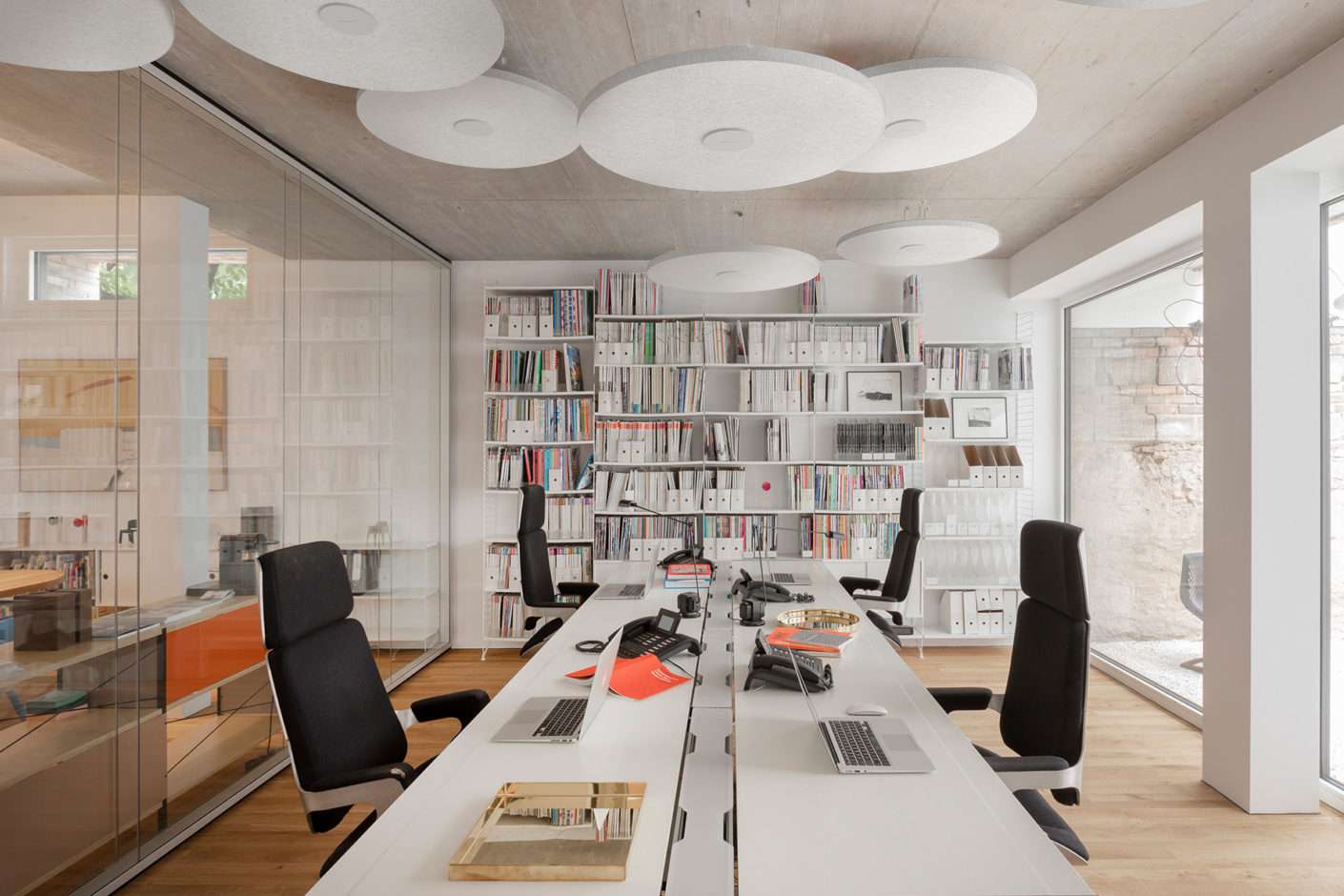
Article info
Article:
Date added:
7 February, 2023

